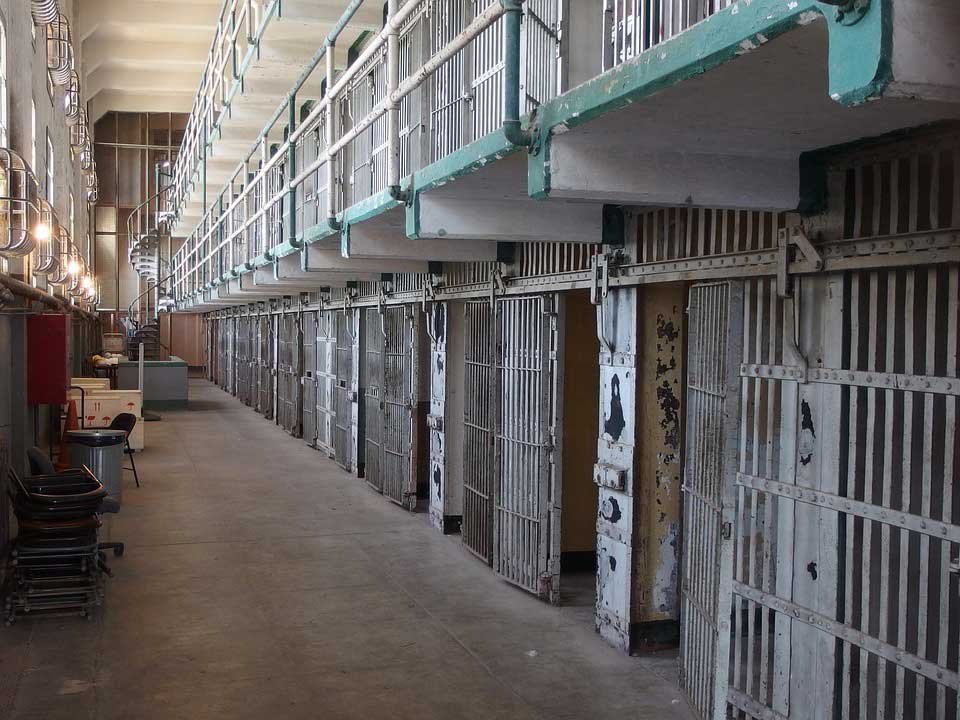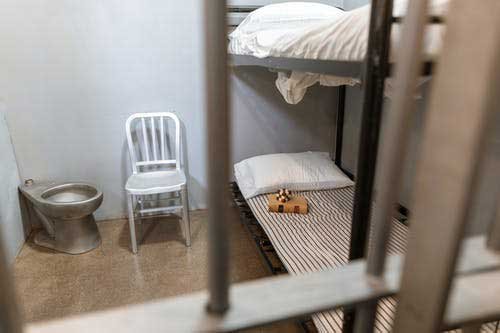The summary of Japan’s women’s prison facilities regards schedule activities, the importance of a modern women’s prison, the growth in the figure of female inmates, discipline and correctional officials, rule violations, and administrative actions for infractions.

Women’s prisons are a section of a single correctional system that implements uniform standards for facilities activities and facilitates the preparation and mobilization of support at the national level.
In Japan, the data on female inmate crimes and official responses show a government system that runs effectively within a systematic environment in women’s prisons. Therefore, that has a minimal level of violence.
It manifested sociocultural changes in Japan in inmates’ attitudes, staff role possibilities, and penal policy. The early effects on drug offenders suggest potential improvements in those areas.
To know more facilities for female inmates in Japan’s women’s prisons. Please read this article.
Here is about!
Female Prisoners Population In Japan
All around Japan, in 7 areas, women’s prisons are located. According to data on prison admissions in Japan, it incarcerated more women than males. It has resulted in overcrowding in Japan’s women’s prisons.
In 2019, the total number of female inmates in Japanese penal establishments amounted to roughly four thousand persons and showed a slight shrinkage from close to 4,200 female inmates in the last year. Around that, nearly 20% are senior women inmates in japan women prison.
The Facilities Japan Women Prison Provide To Inmates
In recent years, Japan’s women’s jail facilities have come under worldwide criticism. The inmates rarely have heating or air-conditioning and live on death row in imminent total isolation. A camera continually observed them in their cell.
In the community to develop its image, Japan’s largest prison, Fuchu Prison, comprises an annual cultural festival that welcomes members of the public to approach the facility and experience such things as bread baked by the convicts.
At the autumn event, visitants can even experience a prison adventure tour. There is no adventure in Japan’s women’s prisons for the female inmates.
On 29th August, after completing the renovation of the women’s prison in japan to have better quality for confinement, the new women inmates at Matsuyama Prison’s Saijo Branch in Saijo City, Ehime Prefecture.
In Japan, Shikoku is the first women’s prison, and for the women inmates, they repainted the cell doors in pink color. They creatively designed the walls to a neutral white. The new interior design was the facility in female prisons to feel more homely and convenient for female inmates.
There is also a child-care room for female inmates who are given birth to a baby. They also can take care of their baby until the baby was one-year-old.
In japan’s female prisons, over half of the prison defenders are female. The Saijo women’s prison facility houses only 83 female prisoners in Japan. There are 33 single-resident cells and 10 normal cells to hold the prisoners.
It held the female inmates around Japan in 7 locations, with 3,440 prisoners surviving in facilities created for 3,342. According to numbers in March 2014, at the close of the fiscal year, the women inmate capacity was nearly 103%.
In Japan prison, almost all prisoners work in prison, such as sticking paper bags or assembling bicycle parts and forcing it tough for guards to supervise their dependents.
Nearby in Shikoku, there is also Tokushima Prison, where conditions are spectacularly convincing for female inmates and witness a minor riot.
Special Treatment For Elderly Women In Japan Prison
All aging society adjoins discrete challenges. But Japan is dealing with the world’s oldest population and also a senior crime.
In particular, it charges and captures older women involved and holds a place at rates beyond those of any other analytical group.
Almost 1 in 5 women in Japanese women’s prisons is a senior. They found 9 to 10 senior women guilty of shoplifting in these cases.
In Japan, female jail, caring for Japanese seniors formerly pitched to families and communities, but that is diminishing. Old-age women are commonly economically weak. Nearly half of individuals 65 and older live alone, and they are also inferior to the overall population.
For special treatment in the japan women’s prison, they hired specialized attendants. During the day, they help the elderly inmates with bathing and toileting. Sometimes they have to change their adult diapers and wet underwear, wipe their spoiled bodies and help them walk.
But at nighttime, the guard handles these tasks. At some facilities, being a penal officer relates to being a nursing-home assistant.






Pingback: Japanese Prison; All You need To Know About Prisons in Japan